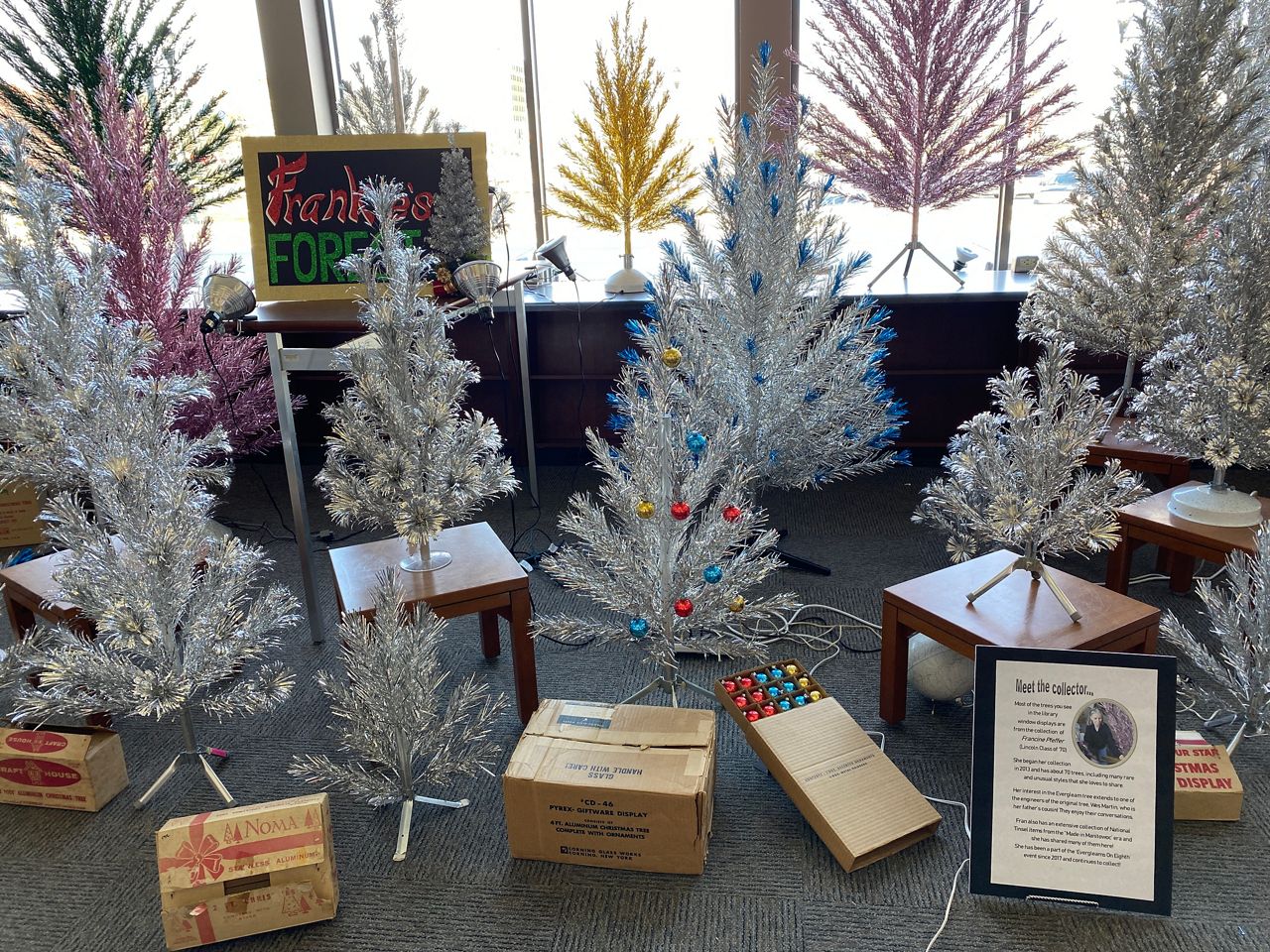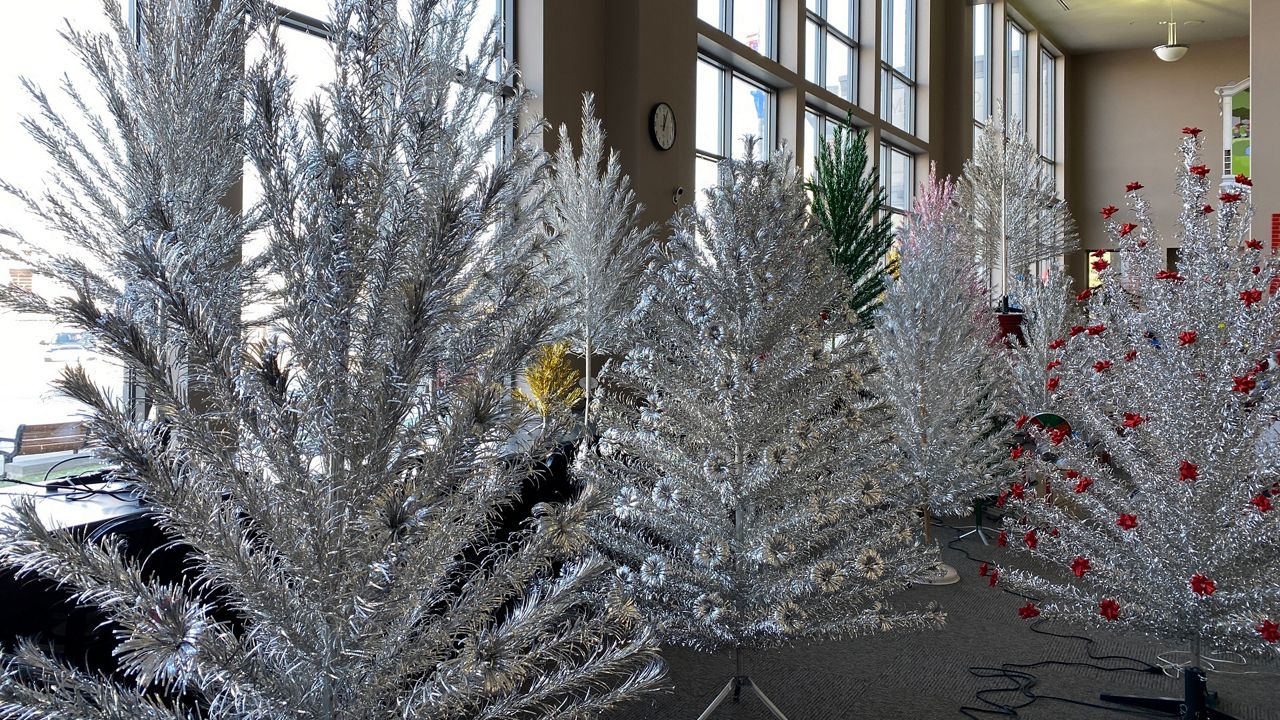MANITOWOC, Wis. — Decades ago, Jordan Kabat’s grandmother brought home a piece of holiday history.
As a factory worker at the Aluminum Specialty Company in Manitowoc, she’d been helping create the Evergleam Christmas trees that would become an icon of the 1960s. She decided to take one home to her family, a “little tiny guy” standing 2 feet tall, Kabat said.
Though her husband hated it — “he wanted a real Christmas tree” — the shiny silver tree would get passed down in the family. Eventually, it made its way to Kabat.
“That was kind of what started the obsession and the collecting frenzy,” Kabat said.
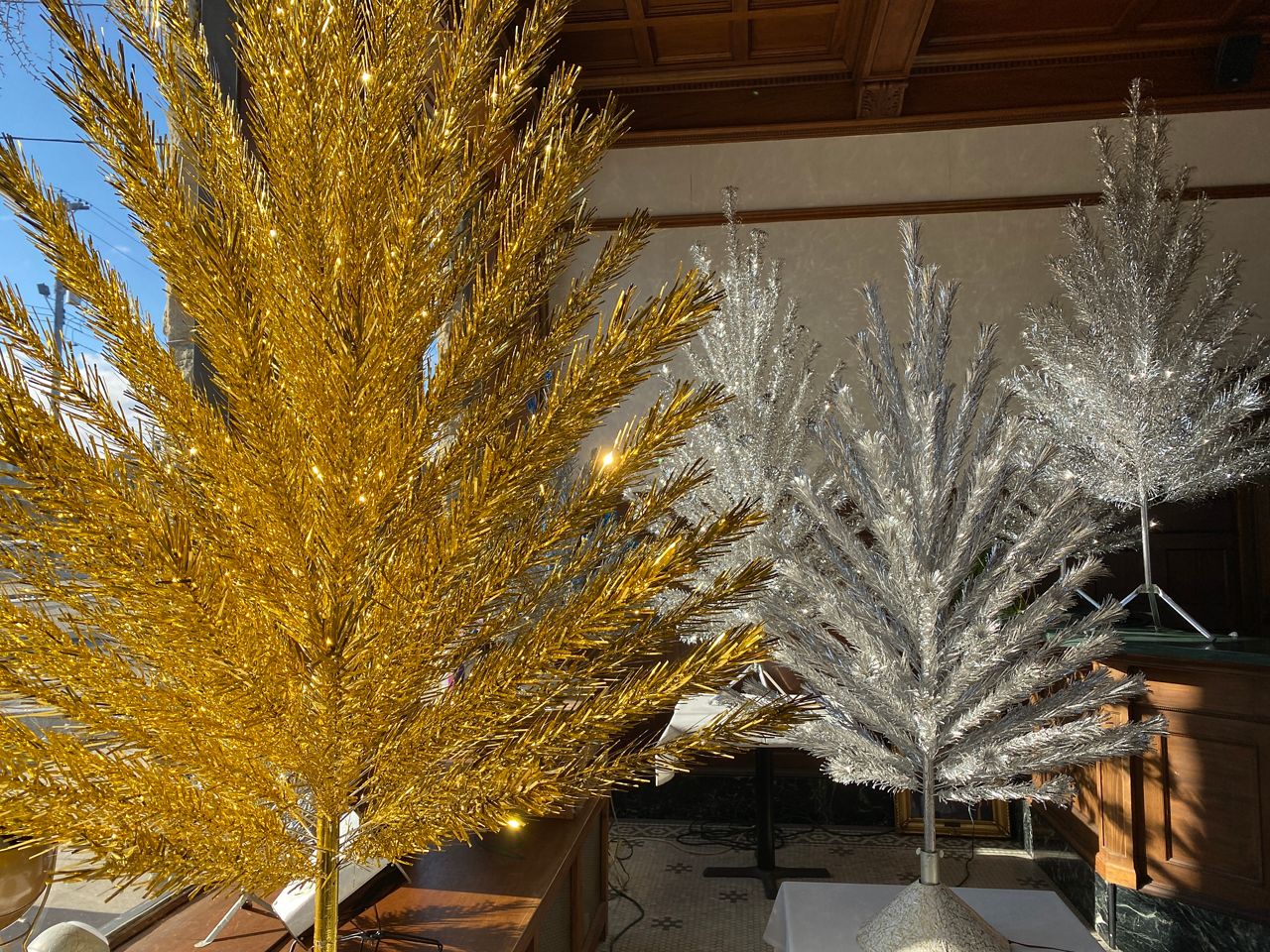
Since picking up that family heirloom, Kabat has expanded his collection to more than 60 trees. He’s not the only one who’s taken a shine to them: In Wisconsin and beyond, the Evergleams have seen a big resurgence in recent years.
This holiday season, groups across the state are highlighting Wisconsin’s role in creating a cultural icon. The Wisconsin Historical Society Museum is holding its annual “Ever Gleaming” exhibit, while local collectors in Manitowoc — including Kabat — are displaying some of their trees through the Evergleams on Eighth event.
For his community in Manitowoc, Kabat said the trees represent “something that we can be proud of.” Plus, he said, it’s easy to admire the trees as their own works of art.
“There’s really nothing like them, when you get the light shining on them,” he said.
Space Age icons
When the Evergleams first came onto the scene in 1959, their sleek, futuristic design would have been right on trend, explained Mike Hollander, deputy director of the Wisconsin Historical Society Museum.
At the time, the U.S. was in the midst of its Space Race with the Soviet Union, Hollander explained. With Sputnik circling Earth and NASA starting to get off the ground, the obsession with space was trickling down to all sorts of home goods.
“Space Age design was a huge part of the culture at that time,” Hollander said. “And so, Space Age design is kind of infused with these aluminum Christmas trees. “
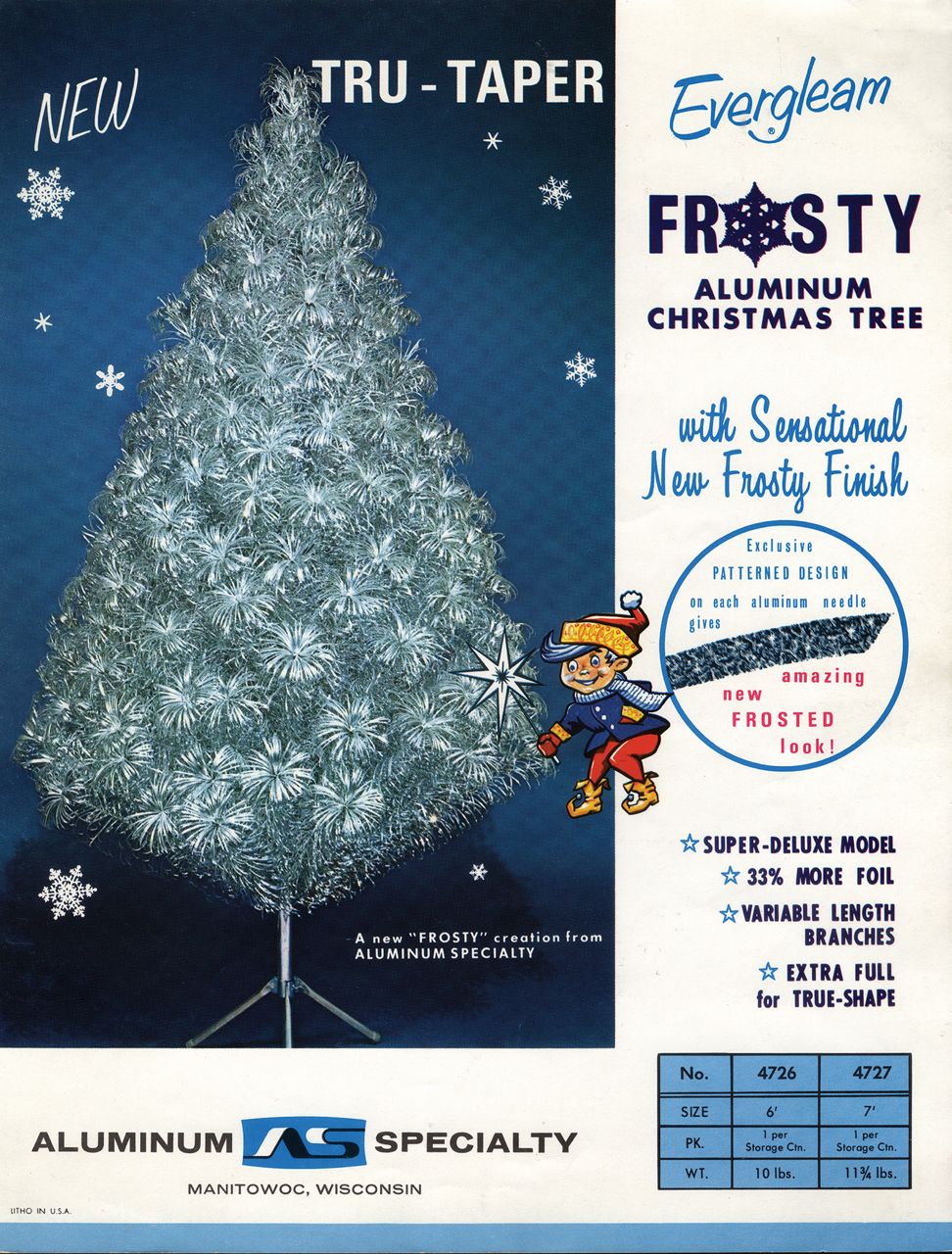
The Evergleams’ modern aesthetic captured the spirit of the era, Kabat said, a time when “you had this optimism in scientific discovery and technology.”
The Aluminum Specialty Company wasn’t actually the first to come up with a shiny aluminum tree, he explained. But an earlier version from a Chicago-based company was heavy and expensive, making it a tough sell for middle-class markets.
Engineers at the Manitowoc company were tasked with creating a tree that was “affordable and light and compact,” Kabat said. They succeeded — and the Evergleam caught on fast.
“It just took off from there,” Kabat said. “It was a sensation, and they continued to innovate and develop new styles.”
For the next decade or so, the trees “sold very briskly,” Hollander said, becoming a staple for many middle-class American homes. Beyond the classic silver designs, Aluminum Specialty added on new colors and sizes — gold trees, pink trees, some with bows on the tips or special swirled ends.
With the scale of its equipment and workforce, Aluminum Specialty was able to pump out huge numbers of trees, Kabat said, sending millions of Evergleams all across the country.
But the “heyday” didn’t last forever, Hollander said. By the late 60s, the trees stopped selling as well. Even fictional characters started losing interest: In “A Charlie Brown Christmas,” which aired in 1965, young Charlie turns up his nose at the aluminum options, instead picking out his tiny, droopy sapling.
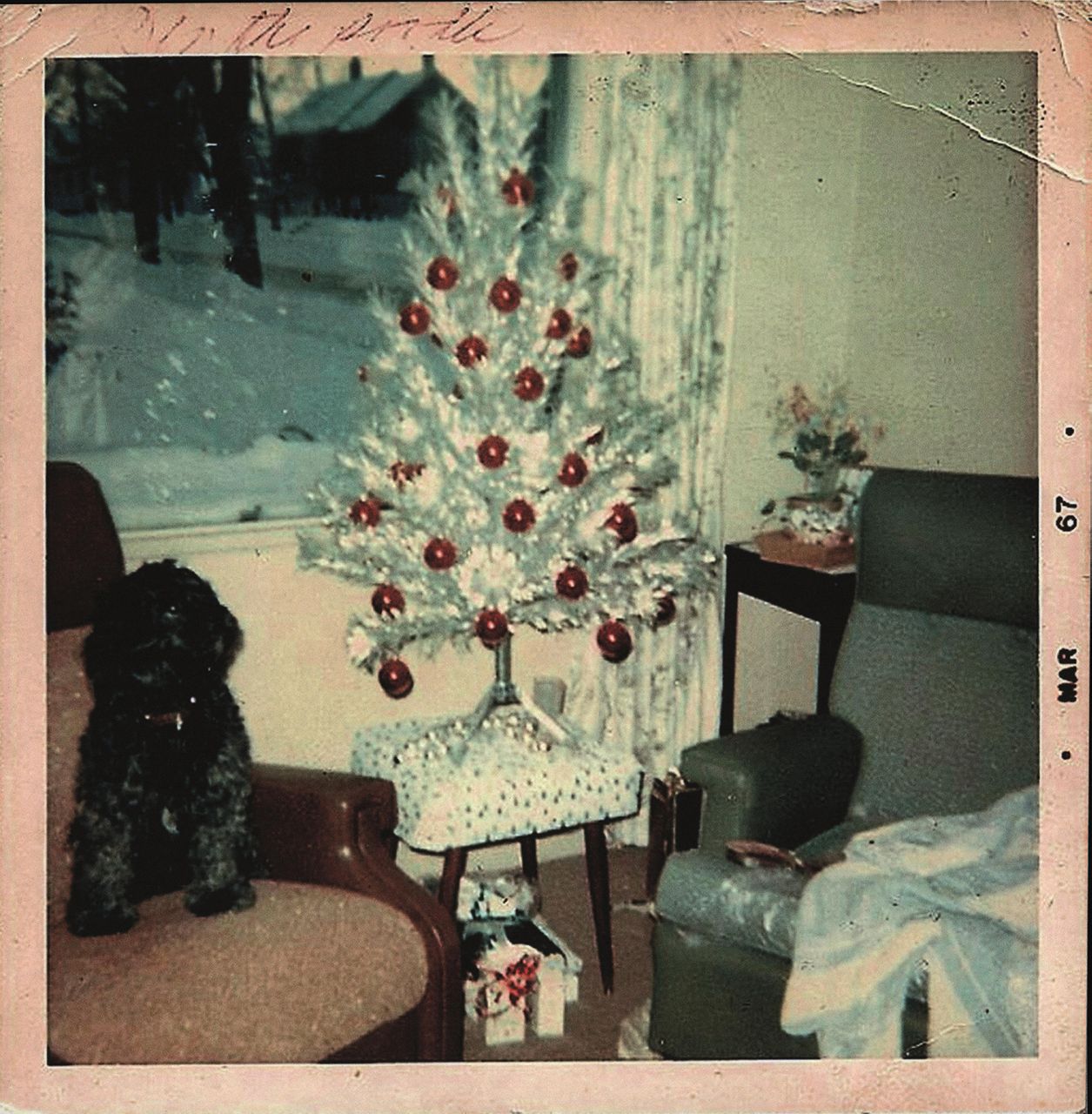
“A lot of people think that that was the end,” Hollander said. “That Charlie Brown killed the aluminum Christmas tree.”
But the trees stuck around for a few years after the special, he pointed out — really, “they just started going out of favor.” By the start of the 70s, Aluminum Specialty stopped pumping out the trees. It seemed like the Evergleams’ moment was over.
The art of tree collecting
After decades of collecting dust in basements, though, the Evergleams seem to have caught people’s eye once again. We’ve now been seeing a “post-aluminum Christmas tree boom” that has put the Evergelams right back into the spotlight, Hollander said.
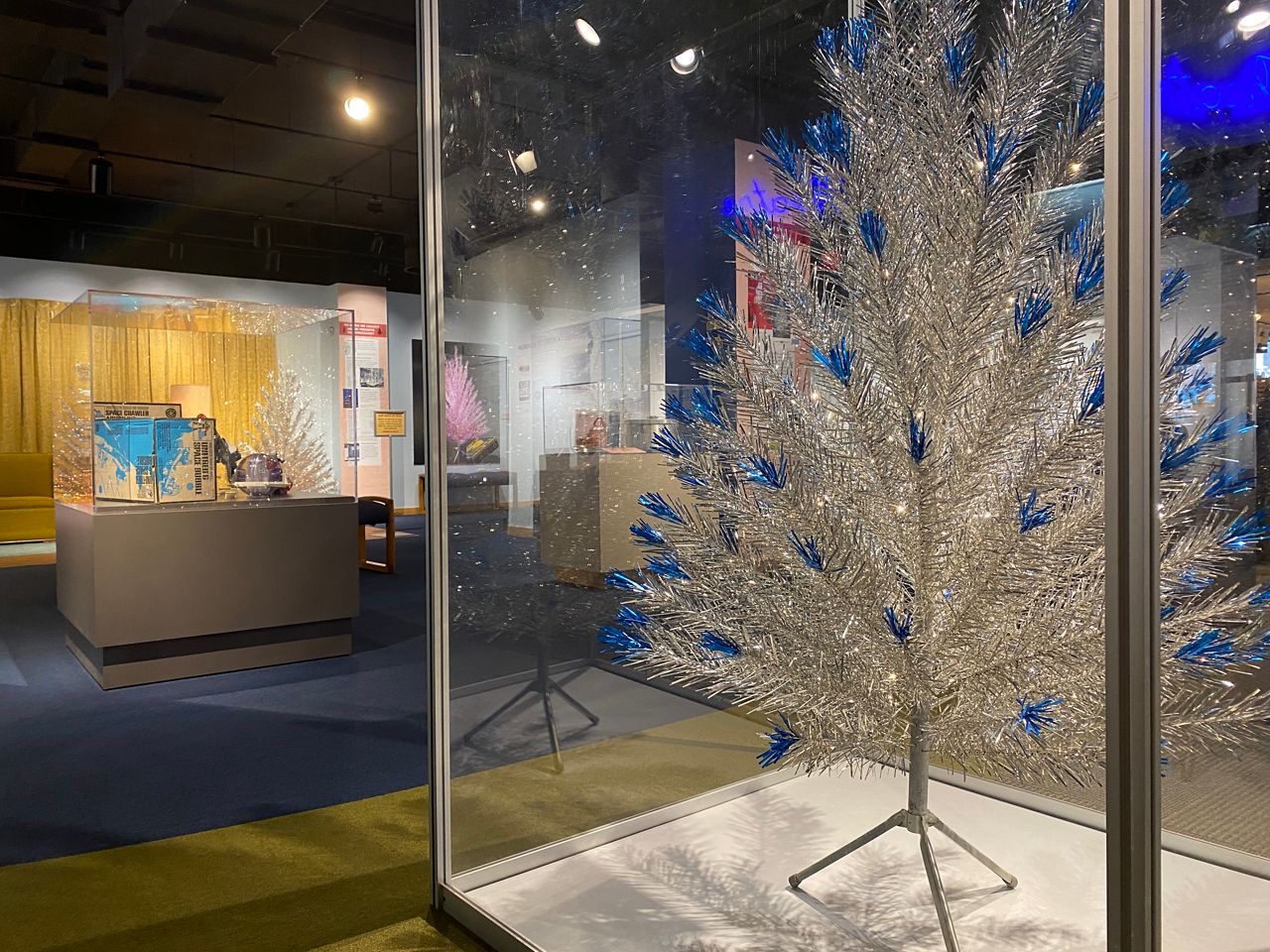
“They’ve become even more popular now than they were when they were originally made,” he said.
Even with the dozens of Evergleams he’s bought up, Kabat said he’s still “one of the low men on the totem pole” compared to other collectors in Wisconsin and beyond; some have hundreds of trees in their aluminum forests.
Since companies aren’t producing aluminum trees anymore, collectors scour eBay for vintage trees getting auctioned off. Especially during the holidays, which are high season for Evergleam sales, Kabat said he checks the site “obsessively” — every 15 minutes or so.
For the rare designs, the competition can be fierce, he explained. The prices can climb into the hundreds or thousands of dollars.
“Sometimes we get into bidding wars with each other,” Kabat said. “We try to avoid that.”
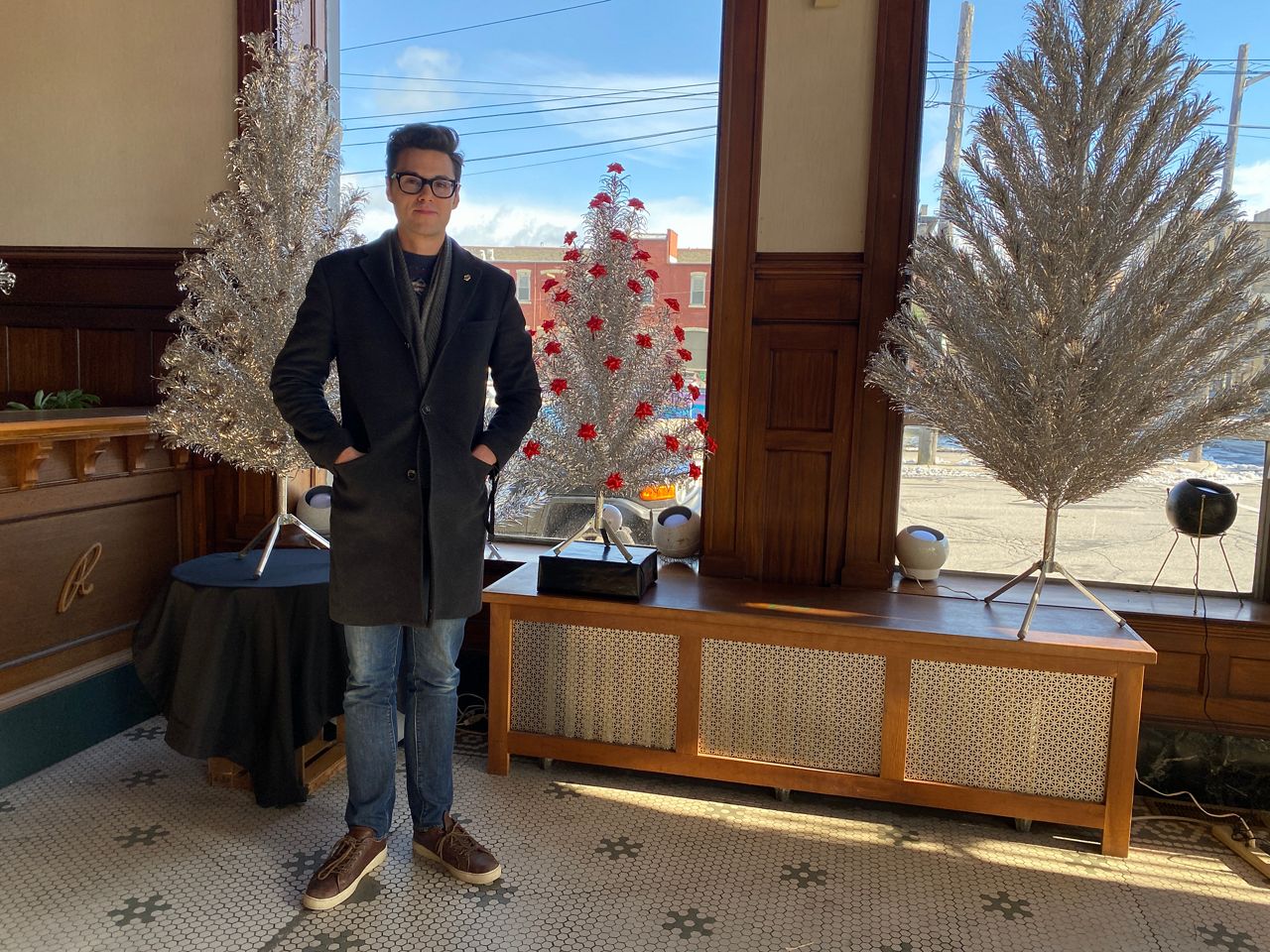
The classic silver trees are the most common, but other models are much harder to come by. Both Kabat and Hollander said their favorite design is the rare “blue frost” style — a silver tree with blue tips at the end of each branch.
Some of the most obscure are the dual-color Evergleams, which have needles with two different shades on them. These trees didn’t sell well, Kabat said, so there are only a handful out on the secondhand market.
Kabat is also fond of his bow tip tree, which features small wound ribbons at the end of its branches. It’s hard to find original bows that haven’t been crushed over the decades, he said — so he bought his own bow-winding machine and vintage Sasheen ribbon to get the tree back to “showroom quality.”
Growing and caring for his collection can be time-consuming, Kabat said — he’s also spent hundreds of hours straightening out needles that were bent out of shape. But he sees it as a worthwhile hobby, especially as more people are growing to recognize the Evergleams as works of art in their own right.
“I think of them as sculptures,” Kabat said. “Mass-produced as they are, the design of them is still something that, you know, it took a certain kind of mind, and a certain kind of creativity and attention to aesthetics, to create something like this.”
‘It’s where we came from’
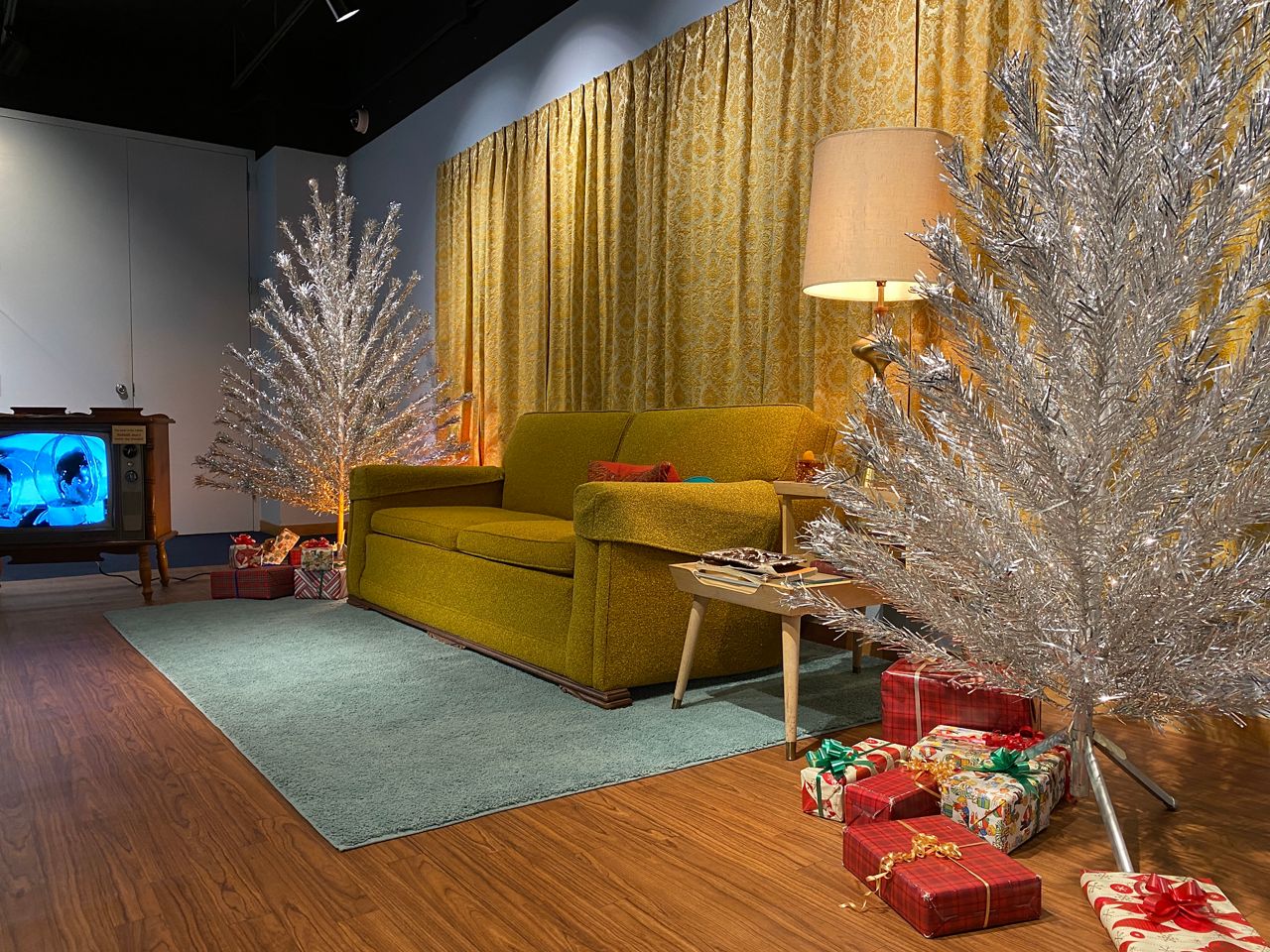
After five years of displaying Evergleams at the Historical Society Museum, Hollander said the aluminum trees are becoming a bit of a holiday tradition.
The exhibit builds connections between all kinds of people, he said — from families who get dressed up to take holiday pictures in the vintage living room, to a “sparkle enthusiast group” that makes a field trip up from Chicago to watch the trees shine.
And after closing the exhibit for COVID-19 concerns last year, Hollander said it’s been meaningful to welcome people back this season.
“Bringing that sense of normalcy back is something that's really exciting,” Hollander said. “And we're happy that we're able to play a small role.”
The Evergleams on Eighth event in Manitowoc has also been growing since its start in 2015, Kabat said. This year, local collectors have “well over 100” trees on display at sites across the city, including dozens of local storefronts.
Kabat’s group also organizes educational events and trolley tours to teach people about the trees’ legacy, which he considers an important piece of local history.
“It’s where we came from. It’s what this community was built on,” Kabat said. “Manitowoc was a community based on manufacturing, and aluminum was just a huge part of that.”
Growing up in Manitowoc, Kabat said he sometimes felt a “pessimistic attitude” in the community — especially after some large manufacturers (including Aluminum Specialty) shut down in the area, taking jobs with them.
Recently, though, he said he’s seen a shift in his hometown, with more people interested in lifting up the community. He’s hoping that Evergleams on Eighth can be a part of that — bringing neighbors together and giving them a piece of history to be proud of.
“There just seemed to be a gradual turnaround, and this optimism sort of returning. And I feel that we have come a long way, just in the last several years,” Kabat said. “It's changing, and it's changing for the better.”
